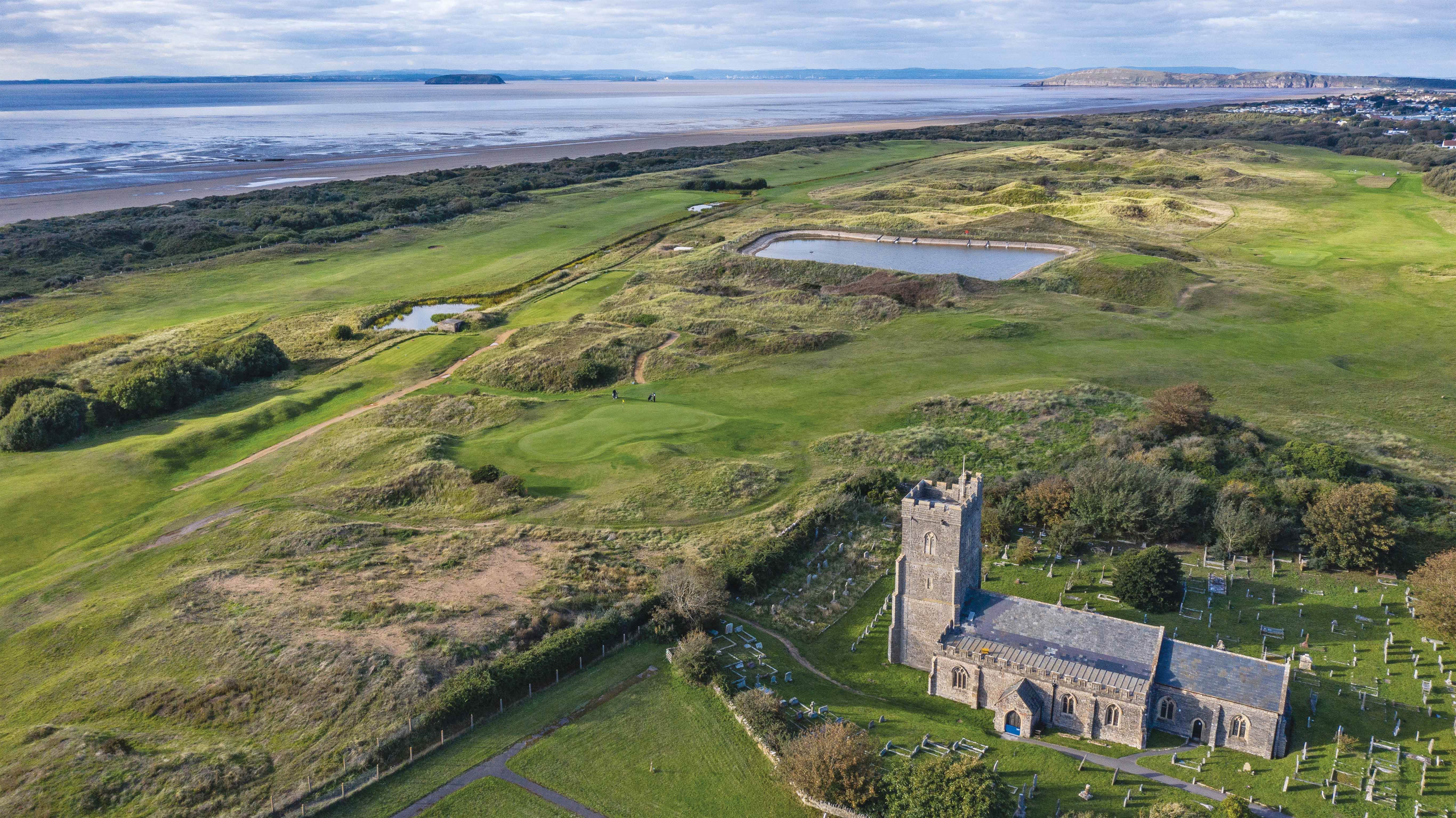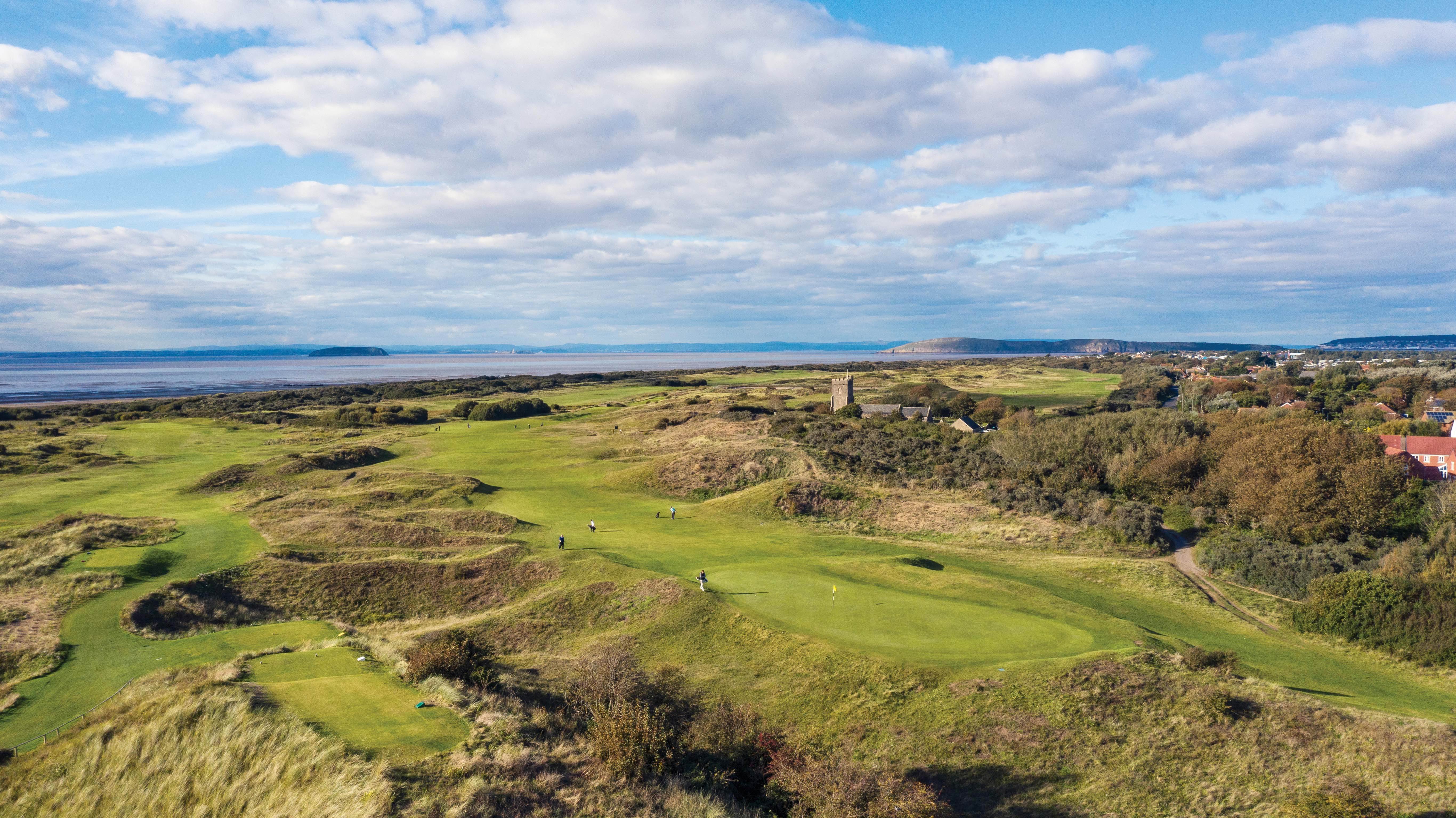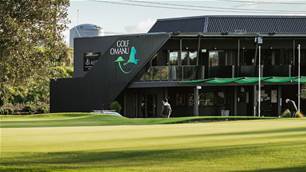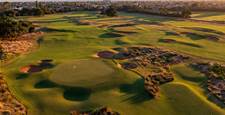Cornwall is renowned for its great food – everything from traditional Cornish pasties to incredible seafood – warm welcomes and incredible scenery from the wild moorlands and rugged cliffs to its sandy beaches. All of which makes this golfing journey as spectacular as the destination itself.
Few places in the British Isles elicit such misty-eyed nostalgic reactions, from the English themselves, as Cornwall.
It seems everyone did at least one holiday there as a kid, likely via camper van, and the memories – of simpler times in seaside towns, of pastoral scenes and broad beaches hemmed in by stunning cliffs (mind’s eye images reinforced by shows like Doc Martin and Poldark) – never did leave them.
Sue McDevitt hails from Worcestershire and holidayed in the southwest for 50 years; later in life, she found herself driving home from one of these visits in tears: “I finally decided I had to find some way to live and work here permanently.” In 2017, she was hired as club manager of Perranporth GC, the last of our six stops along the West Country coast. The links of Ireland and Scotland are fine, but it turns out the Mother Country has its own mother lode of seaside attractions.

It’s typically 24 hours of travel from Sydney to London, with a stop somewhere in between. Most of these flights typically leave in the evening and arrive at Heathrow early the next day. Upon clearing customs, do fetch the rental car and drive straight to the golf course. Nothing helps your body adjust better than a round of golf. Heathrow, long derided for its complete lack of charm, is actually positioned ideally (western edge of the Megaplex) to enable a West Country foray. My group of four had all arrived by 9am and by noon we were lunching in the pub at Burnham & Berrow Golf Club, hard by the Bristol Channel.
When folks talk about golf in this part of the British Isles, they tend to fixate on Royals and Saints, but the truly wise and well traveled always make time for Burnham & Berrow. Now I know why (and why the R&A routinely holds Open qualifying here). A towering sand ridge that extends from the clubhouse to the northeast provides for nearly all the golfing drama here. The superb front nine plays through and against it, all the way out – then amid and along its leeward side, all the way home. It’s a bit of routing genius that should come as no surprise: The estimable Herbert Fowler did the original 18 here (1910) and Harry Colt polished things up. It’s hard to imagine a links being much better, though truth be told, we played only 17 official holes. The par-3 14th was being renovated. Having inspected it quite closely, we can report it’s going to be a stunner. Full marks to the boys at Mackenzie & Ebert, the architects responsible for the new holes on display at Royal Portrush during last year’s Open Championship.

After bedding down at the lovely Ashbourne House, we left Somerset down the M5, passed into Devonshire and watched the landscape transform, the thickly settled giving way to the rustic and rural, in various shades of green, all of it carved up by meticulously maintained walls and hedgerows. Soon we arrived in Braunton Burrows, home to the largest sand dune system in all of England.
Which brings us to Saunton Golf Club, home to 36 sterling holes nestled amid these very Burrows. We arrived just one month after the 2019 R&A Boys Amateur Championship was contested over the East Course, where the golf is quite magnificent: subtle, diverse, quirky in spots and always exacting, with the best set of greens we encountered on this trip.
You don’t hear much about this place but were Saunton East located in East Lothian or near Inverness, they’d have written poems about it by now. It’s that good. Mackenzie & Ebert have done a bit of work here, too, but they undertook a far more extensive renovation at Saunton West, which comes into closer contact with the giant dunes of the Burrows. And here’s the lesson: Modern technology has, over time, allowed architects to venture further and further into these more dramatic dunescapes – but the golf thereby created isn’t necessarily superior. Fowler designed both courses at Saunton but there’s a reason he built the East Course first: It was the preferred ground for golf and so it remains.
“It turns out the Mother Country has its own mother lode of seaside attractions.”
A word about Mr. Fowler: He was 35 when he first took up golf; within two years he played off scratch. He proved an equally quick study on the design side. No less a heathland masterpiece than Walton Heath was the man’s very first job (one he secured only because his brother-in-law was an investor). When presented with seaside ground, he would produce sterling layouts like Burnham & Berrow, Saunton and Royal North Devon – also known as Westward Ho!, a bookend companion to the American links he designed on Cape Cod, Eastward Ho! Why Fowler’s name doesn’t roll off the tongue alongside those of Morris, Mackenzie, Simpson and Colt is something of a mystery. But he was certainly in their class. After all, he also designed a pair of superb courses at The Berkshire and the canny 18 at Beau Desert, in the East Midlands. This was the fellow entrusted with the sweeping redesigns of Royal Lytham and Ganton.
Related Articles

Review: Omaha Beach Golf Club

Drinks With... Ricky Ponting







_15th_hole.jpg&h=115&w=225&c=1&s=1)




